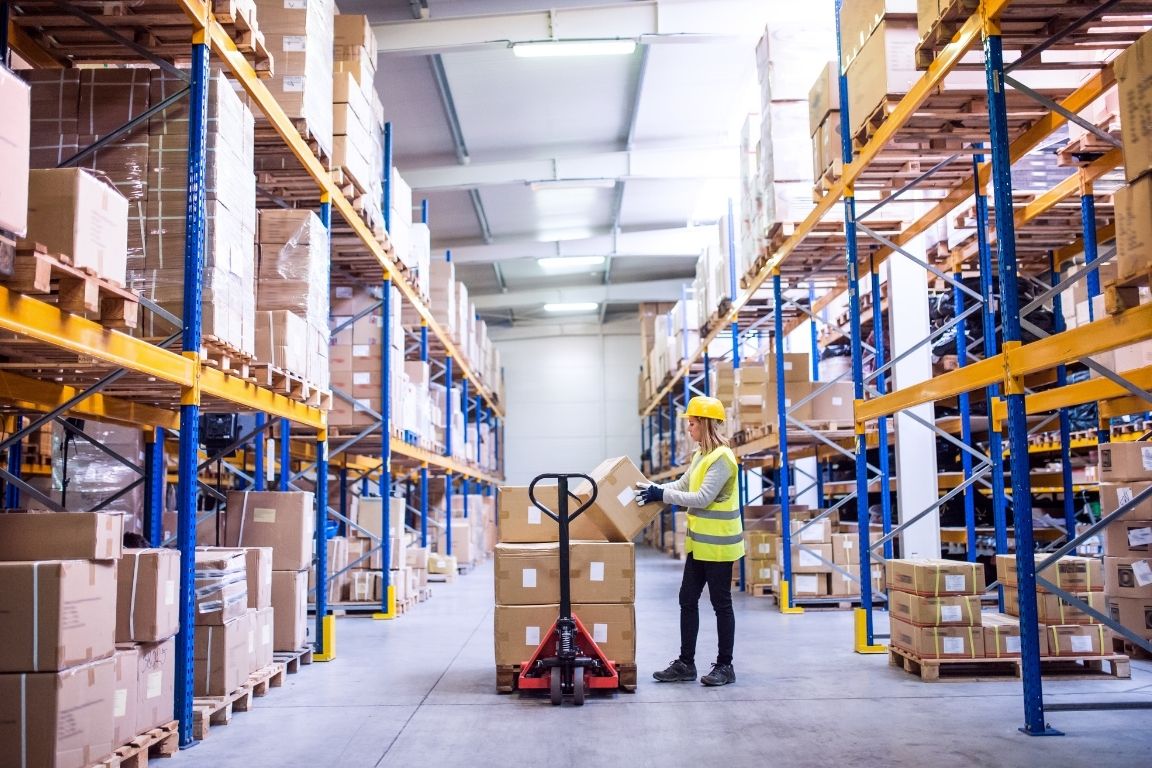A safe warehouse is a productive warehouse. Work injuries—even minor ones—throw a wrench in your routine and threaten your employees’ careers. Serious accidents and hazards can lead to necessary time off, understaffed teams, legal fees, and so much more.
That’s why warehouses must strive to establish a culture of health and safety. With the right training, procedures, and equipment, you can eliminate the everyday risks associated with most warehouses and protect your employees from the most common hazards. Promote safety in your workplace with these tips for preventing common warehouse injuries.
Keep a Clean Floor
Warehouse safety doesn’t have to be a complicated effort. Even practices as simple as keeping the floor clean can reduce accidents and prevent worker injuries. Spills and puddles can lead to slips. Pallets, packaging materials, and other debris on the floor can cause employees to trip and fall. Establish routine cleaning practices and hold every employee accountable so that the entire team can work together to keep a clean, neat, and safe warehouse floor.
Invest in Automated Solutions
Not all workplace injuries involve sudden accidents. Many issues stem from heavy lifting, repetitive motion, and other activities that create muscle strain and cause problems over time. One of the best tips for preventing common warehouse injuries is to eliminate unnecessary strain on your employees through automated equipment.
Automatic and semi-automatic solutions can take over much of the heavy lifting and repetitive motion that happens in your warehouse. There are many reasons to eliminate manual wrapping and other physical labor tasks. In addition to being safer, machinery is faster and more reliable than manual labor.
Train Employees on Safety Basics
Managers are responsible for implementing and enforcing safety practices, but everyone must do their part to create a completely safe workplace. The right training and encouragement enable employees to bring safety into every aspect of their roles. Train new employees on proper lifting techniques, enforce dress codes with steel-toed shoes or other protective gear, and provide ongoing training through safety videos and posted guidelines.











